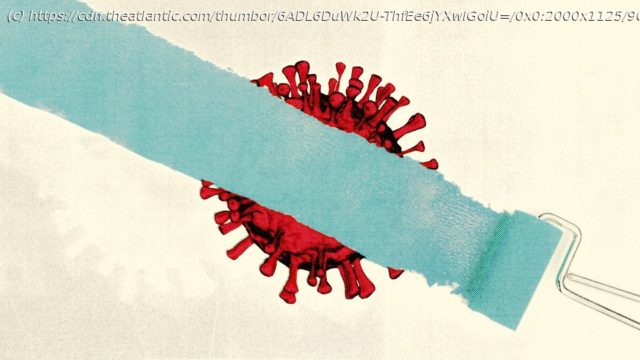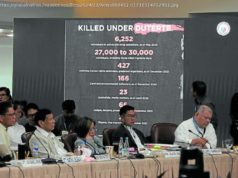The pandemic and the need to respond remain.
Emergency responses—being, well, emergency responses—aren’t designed to last forever, and this morning, the World Health Organization declared the one that’s been in place for the COVID-19 pandemic since January 2020 officially done. “This virus is here to stay. It is still killing, and it’s still changing,” Tedros Adhanom Ghebreyesus, the director general of the WHO, said at a press conference; although the coronavirus will continue to pose a threat, the time had simply come, he and his colleagues said, for countries to move away from treating it as a global crisis.
And, really, they already have: The United States, for instance, ended its national emergency last month and will sunset its public-health emergency next week; countries around the world have long since shelved testing programs, lifted lockdowns, dispensed with masking mandates, and even stopped recommending frequent COVID shots to healthy people in certain age groups. In some ways, the WHO was already a straggler. Had it waited much longer, the power of its designation of COVID as a “public health emergency of international concern,” or PHEIC, “would have been undermined,” says Salim Abdool Karim, the director of the Centre for the AIDS Program of Research in South Africa.
There’s no disputing that the virus’s threat has ebbed since the pandemic’s worst days. By and large, “we are in our recovery phase now”—not perfectly stabilized, but no longer in chaotic flux, says René Najera, the director of public health at the College of Physicians of Philadelphia. Still, ending the emergency doesn’t mean that the world has fully addressed the problems that made this an emergency. Global vaccine distribution remains wildly inequitable, leaving many people susceptible to the virus’s worst effects; deaths are still concentrated among those most vulnerable; the virus’s evolutionary and transmission patterns are far from predictable or seasonal. Now, ending the emergency is less an epidemiological decision than a political one: Our tolerance for these dangers has grown to the extent that most people are doing their best to look away from the remaining risk, and will continue to until the virus forces us to turn back.
The end to the PHEIC, to be clear, isn’t a declaration that COVID is over—or even that the pandemic is.






